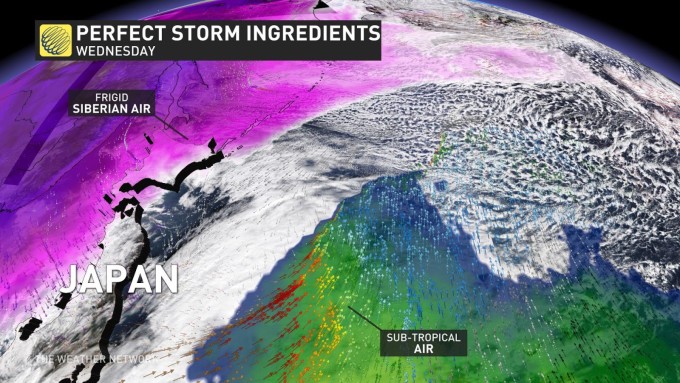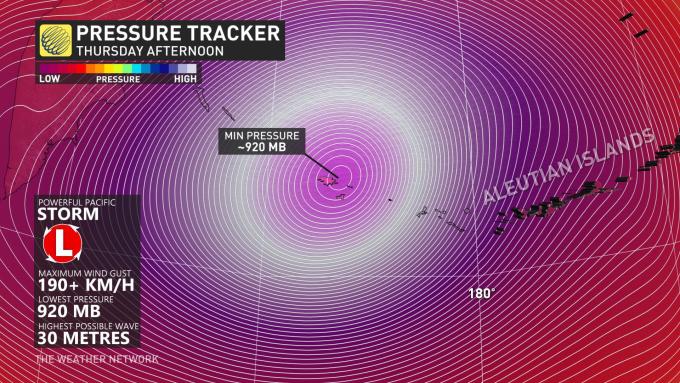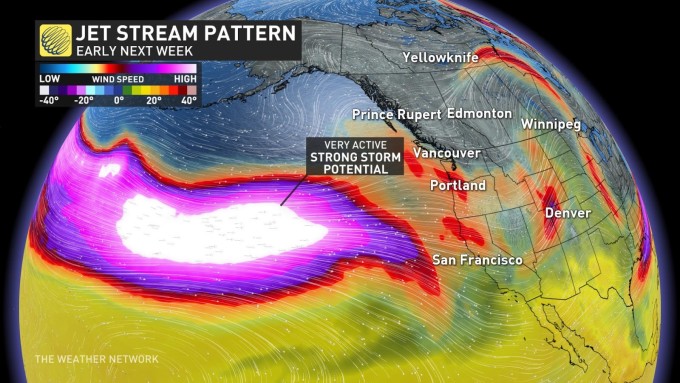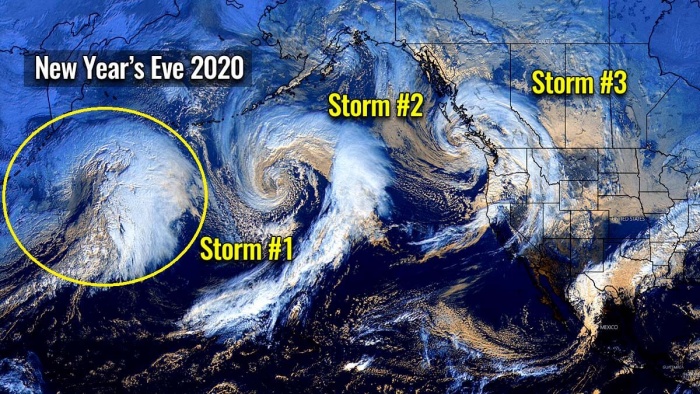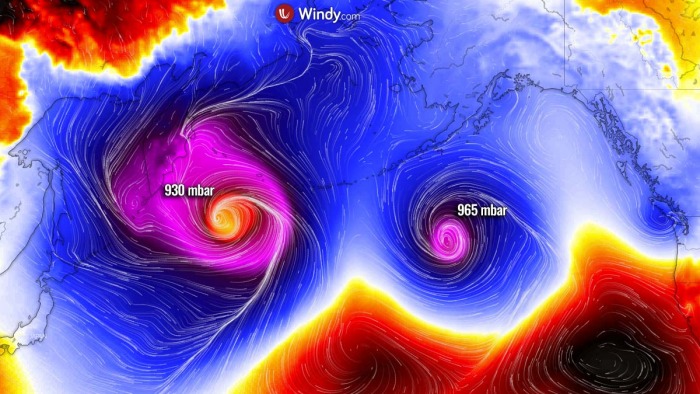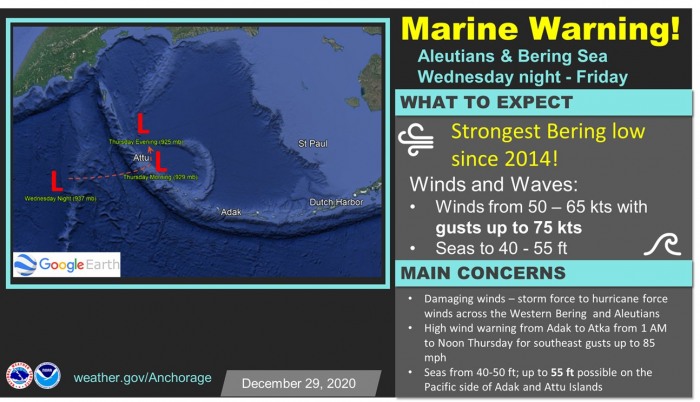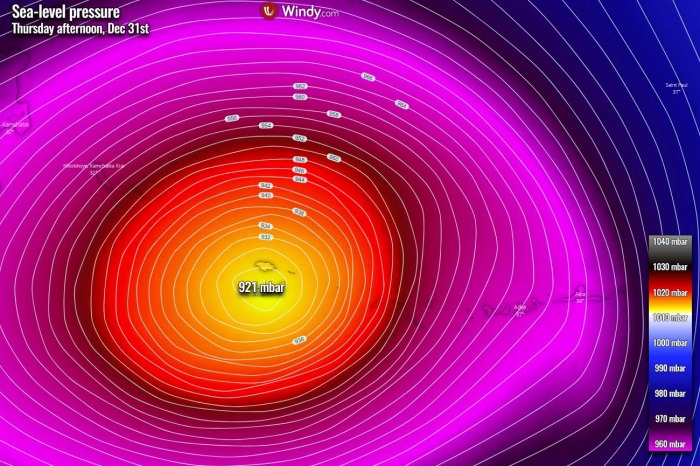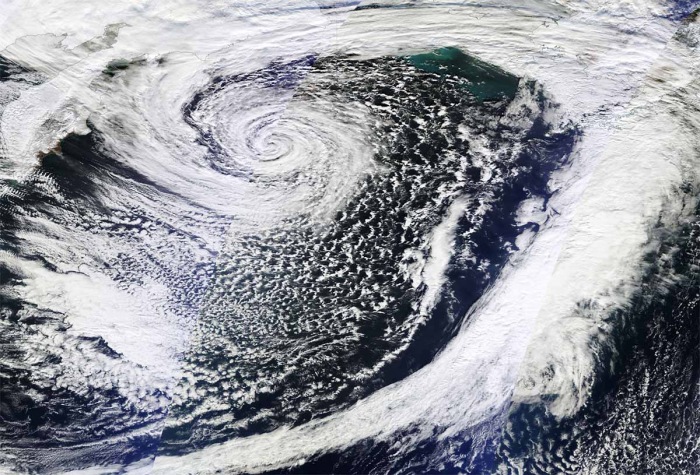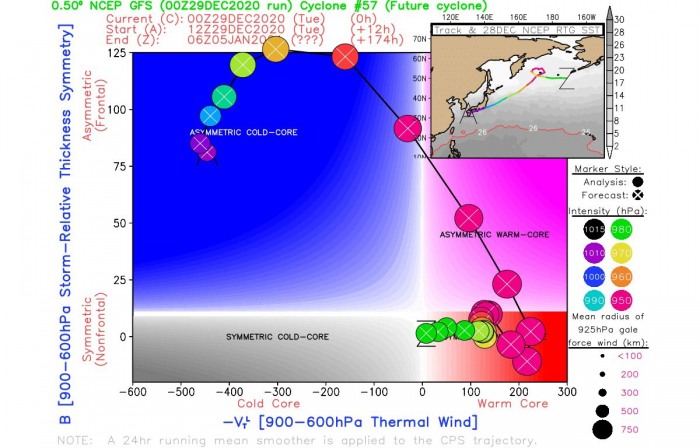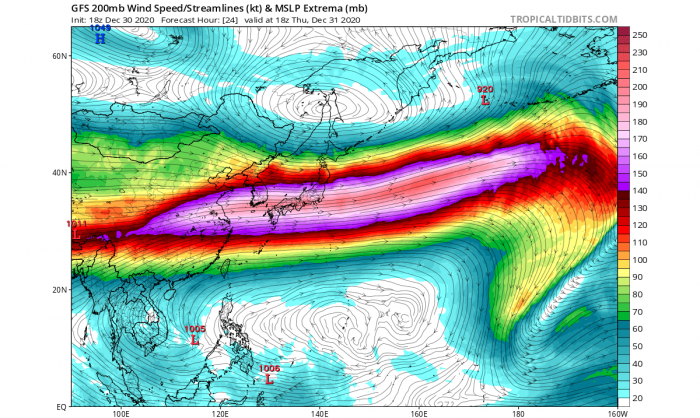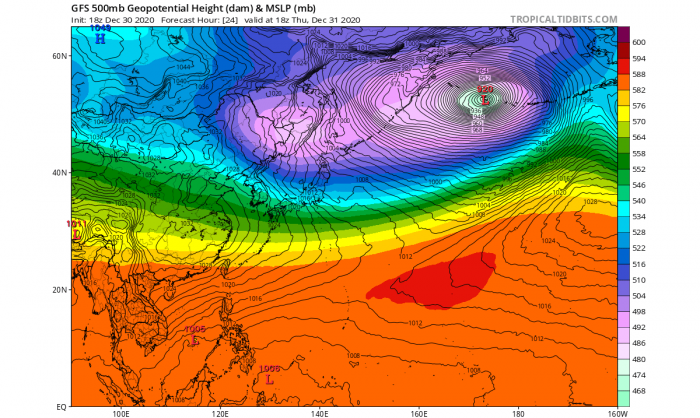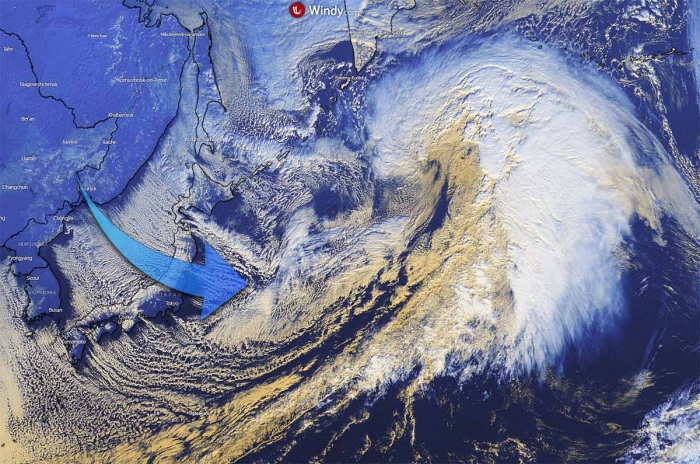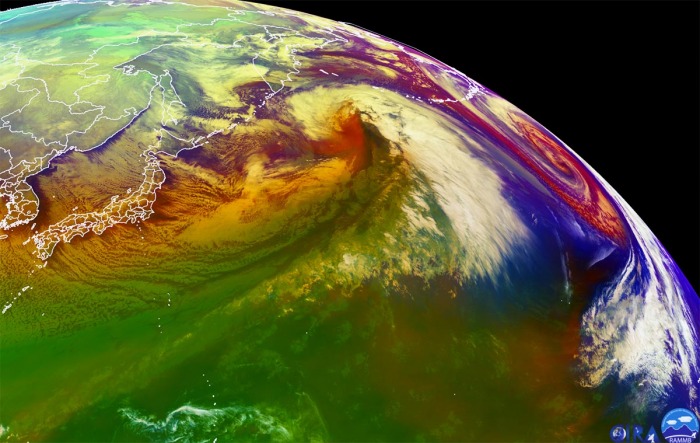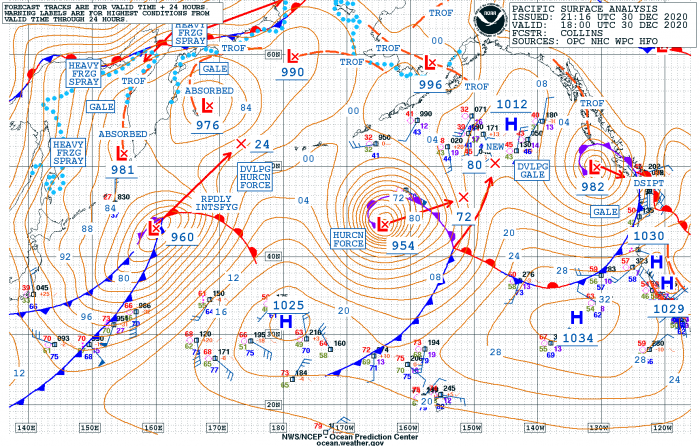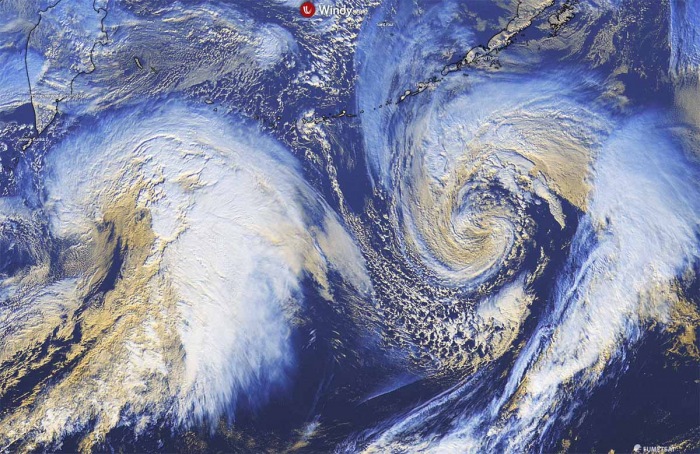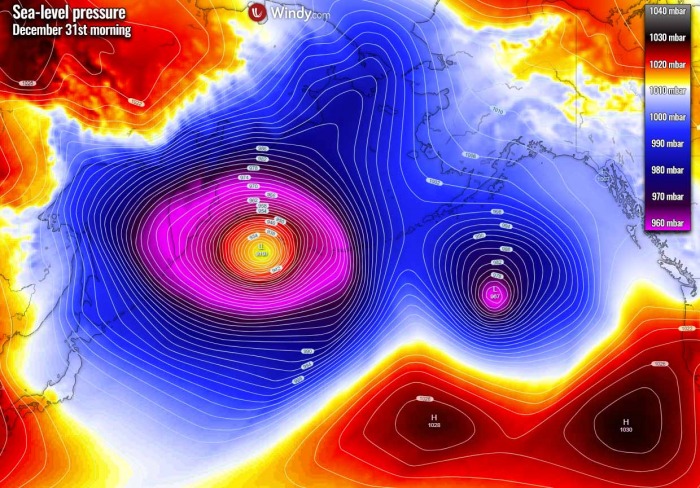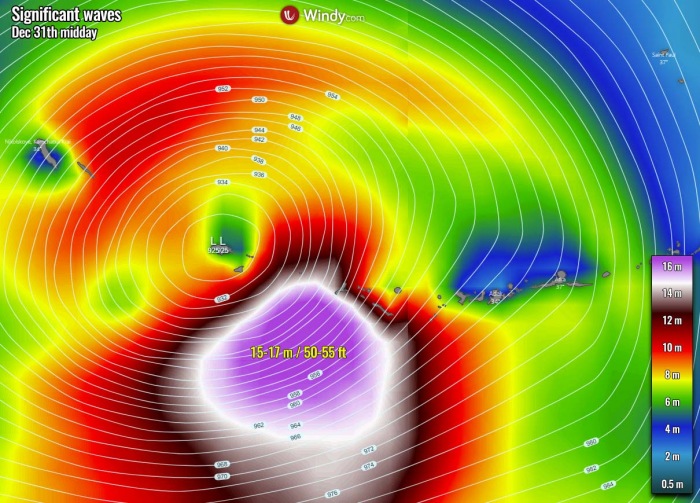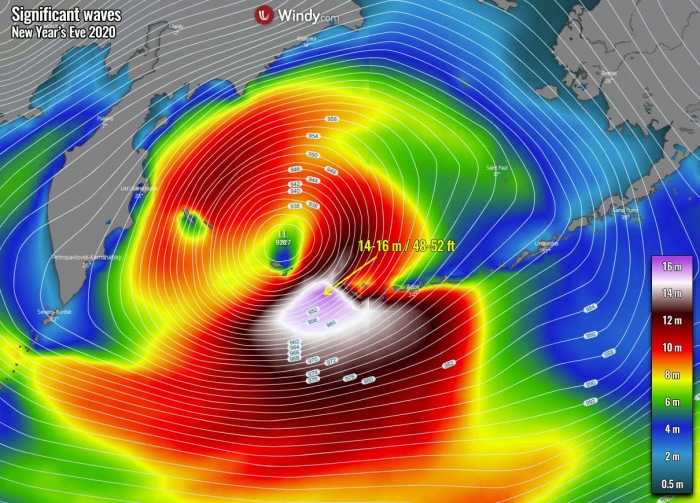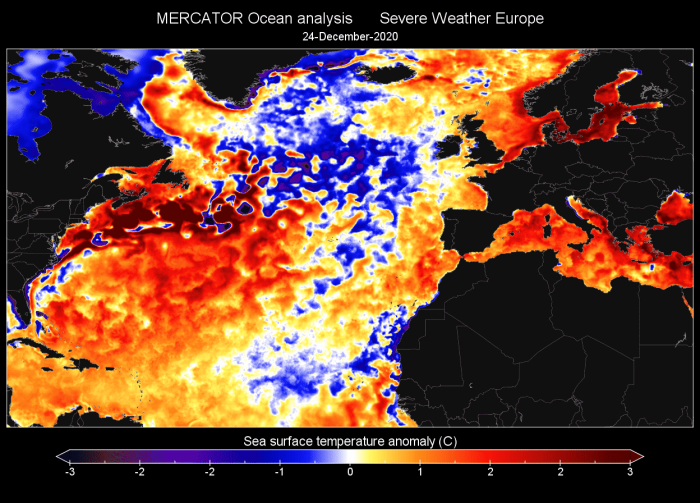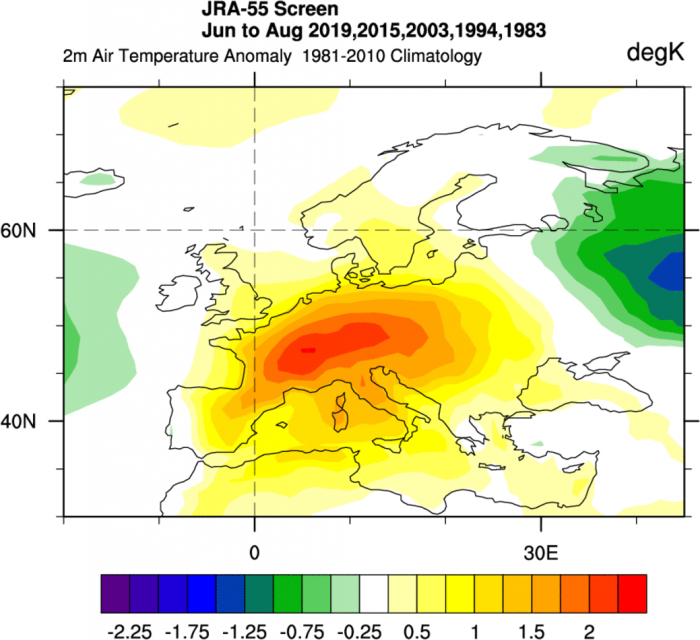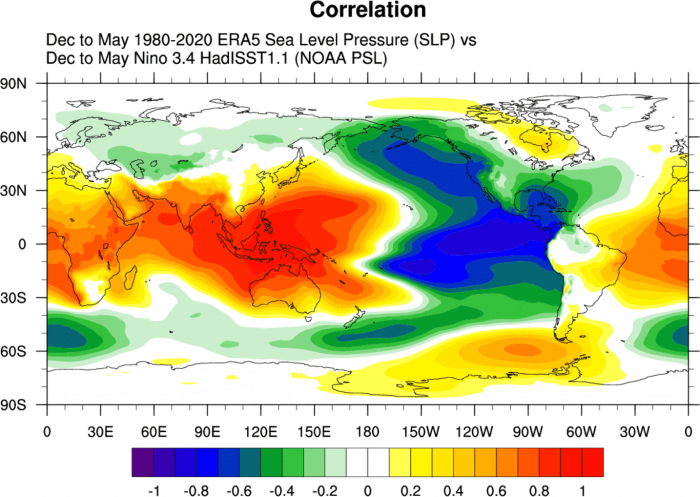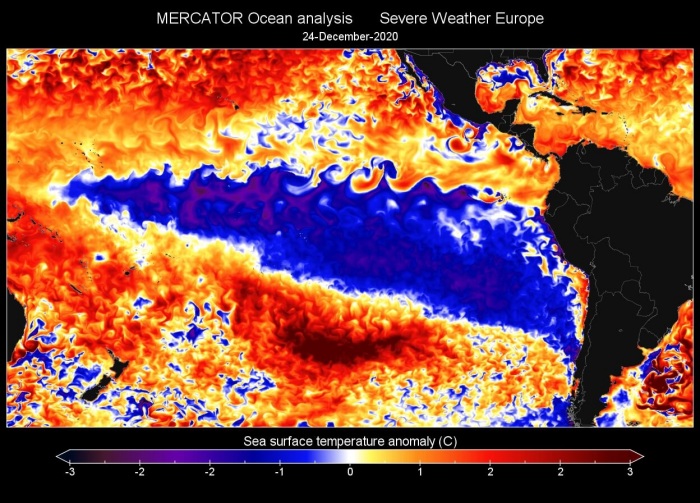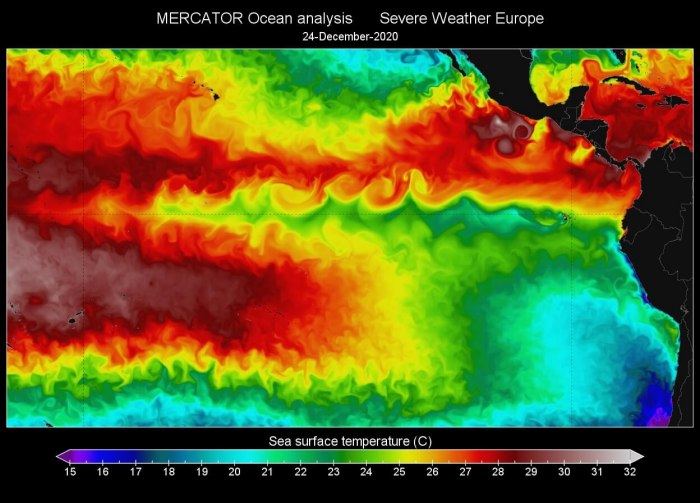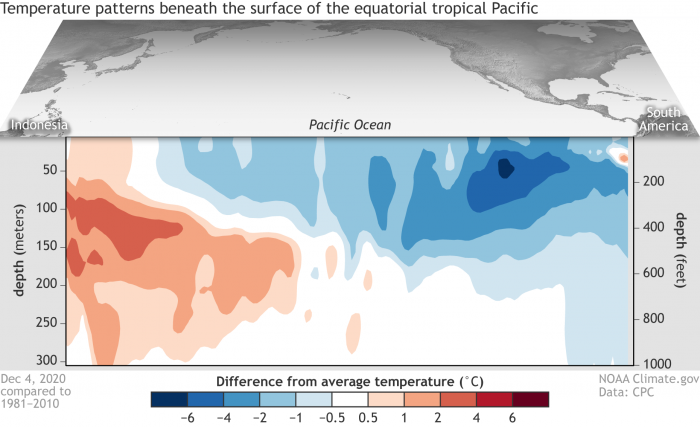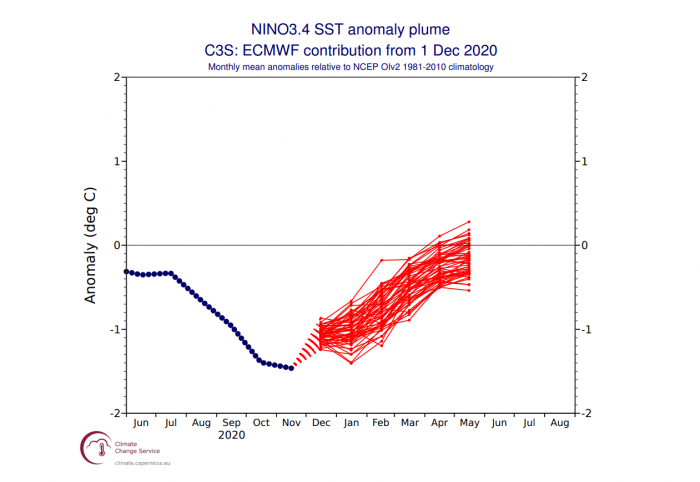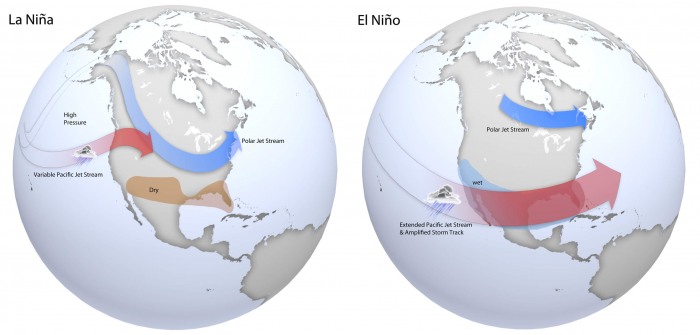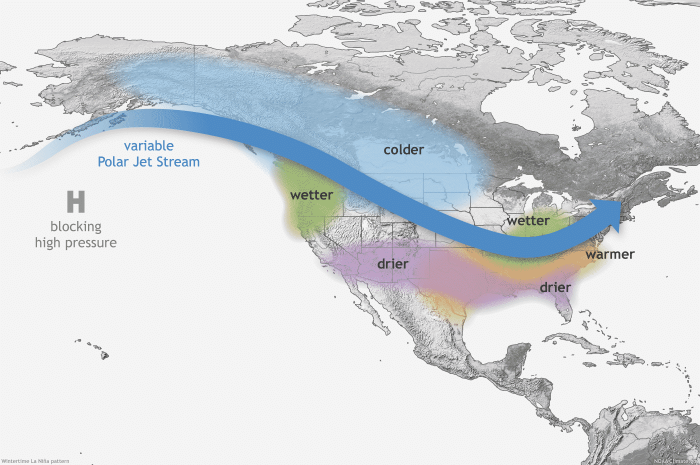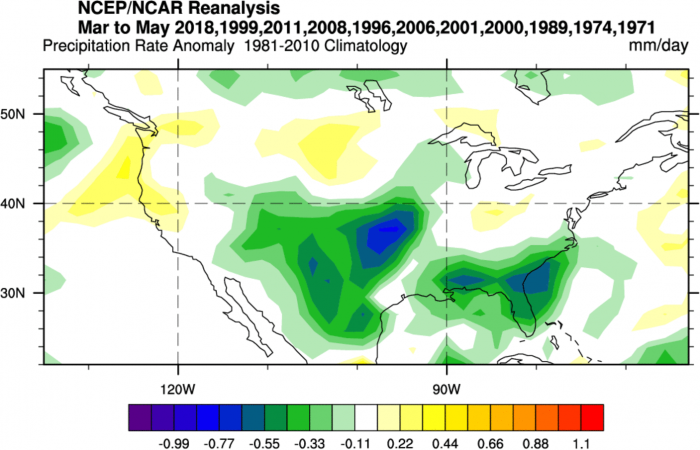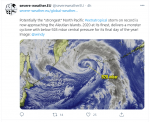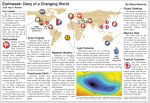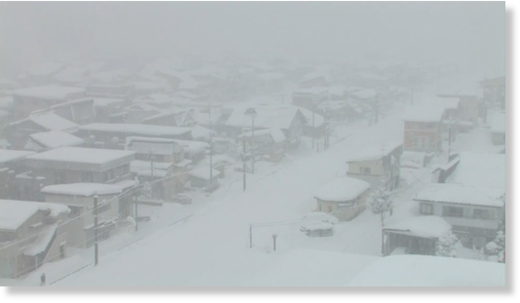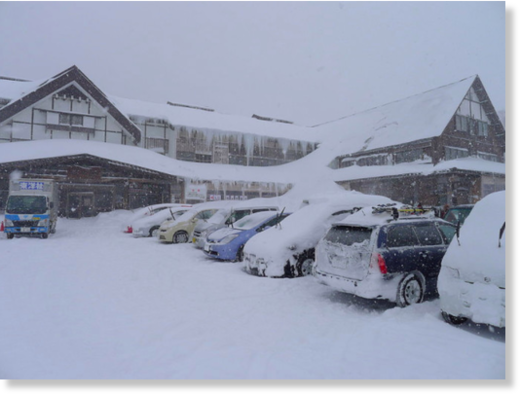TxGal
Day by day
Beijing Records Coldest December Day in 42 Years - Electroverse

BEIJING RECORDS COLDEST DECEMBER DAY IN 42 YEARS
DECEMBER 30, 2020 CAP ALLON
Following the news that China is increasing LNG imports to record levels in order to battle the extreme cold, the nation’s capital suffers its coldest December temperature since the 1970s.
With a low of -26C (-14.8F) on the morning of Tues, Dec. 29, Beijing recorded its coldest December day in 42 years, since 1978 (solar minimum of cycle 20).
As reported by globaltimes.cn, bitter winds accompanied the cold, driving the feels-like temperature even lower and leaving residents “stunned at the sudden temperature drop.”
View: https://twitter.com/dCl2VyKgGip5lNM/status/1344190509523169280
China’s National Meteorological Center issued an orange cold wave warning for Wednesday following Tuesday’s record low temps, saying most of the central and eastern regions would experience strong gusty winds and further temperature drops.
“The weather forecast for Beijing: it is even colder than the North Pole,” a netizens (citizen of the net) wrote on China’s Twitter-like Sina Weibo early Wednesday morning– a fact serving as further evidence that the Arctic cold is effectively shifting south (more on that here).
A mass of polar air descended down through Russia and into China this week, resulting in record-breaking temperatures of -13C (8.6F) even sweeping Beijing’s most built-up metropolis areas, bringing with it a reported windchill of -22C (-7.6F).
That incredible low of -26C (-14.8F) was registered at the Beijing Foyeding meteorological observatory, the highest weather observatory in Beijing — a reading that comfortably busted the all-time record from 1978.
“Tough as I am like a wolf from north Xinjiang, I pronounce today that I caved in,” a netizen from the northern part of Northwest China’s Xinjiang Uygur Autonomous Region who lives in Beijing said.
Looking forward, the official China Meteorological Center has said the cold wave will affect at least 27 provinces, autonomous regions and municipalities, while parts of southern China, located in the subtropical zone, will also suffer rare sub-zero temperatures in the coming days and weeks.
The MSM is painting this unprecedented freeze as a cause of the recent COVID-19 flare-ups in Beijing, and have completely sidestepped the hammer-blow such debilitating cold inflicts on their global warming narrative.
The mainstream reports that the recent record cold weather “has made the environment particularly vulnerable to coronavirus, which can survive better and spread more easily at lower temperatures, proven in the relentless re-occurrences of cold-chain related COVID-19 infections that have struck many regions in China for the last couple of months.”
However, 1) the city of Beijing, with is 22 million residents, has confirmed a mere 22 new infections since December 14, and 2) the “relentless re-occurrences of cold-chain related COVID-19 infections” sounds a lot less like global warming and a lot more like global cooling to me.
Times are hard for logical people right now.
Stay strong.
And prepare.
The COLD TIMES are returning, the mid-latitudes are REFREEZING in line with historically low solar activity, cloud-nucleating Cosmic Rays, and a meridional jet stream flow.
Both NOAA and NASA appear to agree, if you read between the lines, with NOAA saying we’re entering a ‘full-blown’ Grand Solar Minimum in the late-2020s, and NASA seeing this upcoming solar cycle (25) as “the weakest of the past 200 years”, with the agency correlating previous solar shutdowns to prolonged periods of global cooling here.
Furthermore, we can’t ignore the slew of new scientific papers stating the immense impact The Beaufort Gyre could have on the Gulf Stream, and therefore the climate overall.


Prepare accordingly— learn the facts, relocate if need be, and grow your own.

BEIJING RECORDS COLDEST DECEMBER DAY IN 42 YEARS
DECEMBER 30, 2020 CAP ALLON
Following the news that China is increasing LNG imports to record levels in order to battle the extreme cold, the nation’s capital suffers its coldest December temperature since the 1970s.
With a low of -26C (-14.8F) on the morning of Tues, Dec. 29, Beijing recorded its coldest December day in 42 years, since 1978 (solar minimum of cycle 20).
As reported by globaltimes.cn, bitter winds accompanied the cold, driving the feels-like temperature even lower and leaving residents “stunned at the sudden temperature drop.”
View: https://twitter.com/dCl2VyKgGip5lNM/status/1344190509523169280
China’s National Meteorological Center issued an orange cold wave warning for Wednesday following Tuesday’s record low temps, saying most of the central and eastern regions would experience strong gusty winds and further temperature drops.
“The weather forecast for Beijing: it is even colder than the North Pole,” a netizens (citizen of the net) wrote on China’s Twitter-like Sina Weibo early Wednesday morning– a fact serving as further evidence that the Arctic cold is effectively shifting south (more on that here).
A mass of polar air descended down through Russia and into China this week, resulting in record-breaking temperatures of -13C (8.6F) even sweeping Beijing’s most built-up metropolis areas, bringing with it a reported windchill of -22C (-7.6F).
That incredible low of -26C (-14.8F) was registered at the Beijing Foyeding meteorological observatory, the highest weather observatory in Beijing — a reading that comfortably busted the all-time record from 1978.
“Tough as I am like a wolf from north Xinjiang, I pronounce today that I caved in,” a netizen from the northern part of Northwest China’s Xinjiang Uygur Autonomous Region who lives in Beijing said.
Looking forward, the official China Meteorological Center has said the cold wave will affect at least 27 provinces, autonomous regions and municipalities, while parts of southern China, located in the subtropical zone, will also suffer rare sub-zero temperatures in the coming days and weeks.
The MSM is painting this unprecedented freeze as a cause of the recent COVID-19 flare-ups in Beijing, and have completely sidestepped the hammer-blow such debilitating cold inflicts on their global warming narrative.
The mainstream reports that the recent record cold weather “has made the environment particularly vulnerable to coronavirus, which can survive better and spread more easily at lower temperatures, proven in the relentless re-occurrences of cold-chain related COVID-19 infections that have struck many regions in China for the last couple of months.”
However, 1) the city of Beijing, with is 22 million residents, has confirmed a mere 22 new infections since December 14, and 2) the “relentless re-occurrences of cold-chain related COVID-19 infections” sounds a lot less like global warming and a lot more like global cooling to me.
Times are hard for logical people right now.
Stay strong.
And prepare.
The COLD TIMES are returning, the mid-latitudes are REFREEZING in line with historically low solar activity, cloud-nucleating Cosmic Rays, and a meridional jet stream flow.
Both NOAA and NASA appear to agree, if you read between the lines, with NOAA saying we’re entering a ‘full-blown’ Grand Solar Minimum in the late-2020s, and NASA seeing this upcoming solar cycle (25) as “the weakest of the past 200 years”, with the agency correlating previous solar shutdowns to prolonged periods of global cooling here.
Furthermore, we can’t ignore the slew of new scientific papers stating the immense impact The Beaufort Gyre could have on the Gulf Stream, and therefore the climate overall.


Prepare accordingly— learn the facts, relocate if need be, and grow your own.







